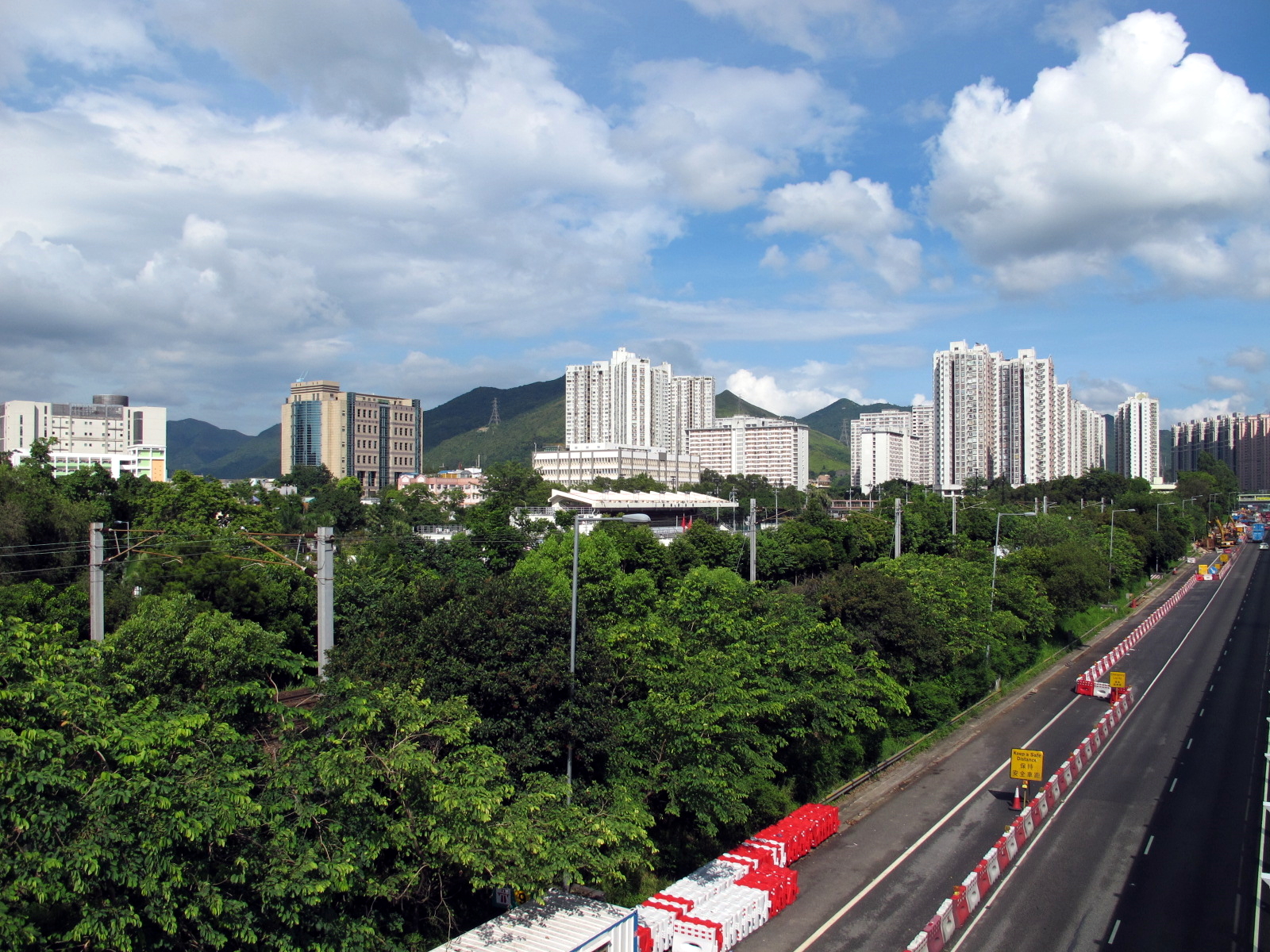|
Fu Tei Pai
Fu Tei Pai () is a village in Fanling, North District, Hong Kong. Administration Fu Tei Pai is a recognized village under the New Territories Small House Policy The Small House Policy (SHP, ) was introduced in 1972 in Hong Kong. The objective was to improve the then prevailing low standard of housing in the rural areas of the New Territories. The policy allows an indigenous male villager who is 18 ye .... References External links Delineation of area of existing village Fu Tei Pai (Fanling) for election of resident representative (2019 to 2022) Villages in North District, Hong Kong {{NorthDistrictHK-geo-stub ... [...More Info...] [...Related Items...] OR: [Wikipedia] [Google] [Baidu] |
Fanling
Fanling ( zh, t=粉嶺; also spelled Fan Ling or Fan Leng) is a town in the New Territories East of Hong Kong. Administratively, it is part of the North District. Fanling Town is the main settlement of the Fanling area. The name Fanling is a shortened form of Fan Pik Leng (). The area has several public and private estates. Northwest of Fanling is Sheung Shui and southeast is Tai Po. Areas Part of Fanling–Sheung Shui New Town, Fanling Town includes Luen Wo Hui (), the marketplace of Fanling before urban development in the area, and Wo Hop Shek (), where an uphill public cemetery is located. Fanling North is one of three new development areas currently being planned for North District, in parallel with Ta Kwu Ling and Kwu Tung North. Sights * Fanling Wai (), a walled village. * Fung Ying Seen Koon (), a Taoist temple. * Lung Yeuk Tau Heritage Trail * Tao Heung Foods of Mankind Museum (relocated to Fo Tan in 2008) Housing estates Public and private housing e ... [...More Info...] [...Related Items...] OR: [Wikipedia] [Google] [Baidu] |
North District, Hong Kong
North District () is the northernmost district of the districts of Hong Kong, 18 districts of Hong Kong. It is located in the northeastern part of the New Territories. The new town of Fanling–Sheung Shui New Town, Fanling–Sheung Shui is within this district. It had a population of 298,657 in 2001. The district has the second lowest population density in Hong Kong. It borders with Shenzhen city with the Sham Chun River. Most major access points to mainland China from Hong Kong lie in this district. The North District is about in area. Demographics According to statistics, 70% of the district population lives in the Public housing, public estates in the Fanling–Sheung Shui New Town. 40,000 villagers living around the two town centres and the main rural towns (Sha Tau Kok and Ta Kwu Ling) account for most residents in the district. Islands of the district * A Chau () * Ap Chau Mei Pak Tun Pai () * Ap Chau Pak Tun Pai () * Ap Chau (, Robinson Island) * Ap Lo Chun () * Ap ... [...More Info...] [...Related Items...] OR: [Wikipedia] [Google] [Baidu] |
New Territories
The New Territories (N.T., Traditional Chinese characters, Chinese: ) is one of the three areas of Hong Kong, alongside Hong Kong Island and Kowloon. It makes up 86.2% of Hong Kong's territory, and contains around half of the population of Hong Kong. Historically, it is the region described in the The Convention for the Extension of Hong Kong Territory, Convention for the Extension of Hong Kong Territory. According to that treaty, the territories comprise the mainland area north of Boundary Street on the Kowloon Peninsula and south of the Sham Chun River (which is the border between Hong Kong and mainland China), as well as over 200 Outlying Islands, Hong Kong, outlying islands, including Lantau Island, Lamma Island, Cheung Chau, and Peng Chau in the territory of Hong Kong. Later, after New Kowloon was defined from the area between the Boundary Street and the Kowloon Ranges spanned from Lai Chi Kok to Lei Yue Mun, and the extension of the urban areas of Kowloon, New Kowloon ... [...More Info...] [...Related Items...] OR: [Wikipedia] [Google] [Baidu] |
Small House Policy
The Small House Policy (SHP, ) was introduced in 1972 in Hong Kong. The objective was to improve the then prevailing low standard of housing in the rural areas of the New Territories. The policy allows an indigenous male villager who is 18 years old and is descended through the male line from a resident in 1898 of a recognized village in the New Territories, an entitlement to one concessionary grant during his lifetime to build one house. The policy has generated debates and calls for amendments to be made. History The Small House Policy has been in effect ever since 1972 to provide a once-in-a-lifetime small house grant for an indigenous villager who is "a male person at least 18 years old and is descended through the male line from a resident of 1898 of a recognized village (Ding, ) which is approved by the Director of Lands". An indigenous villager therefore enjoys small house concessionary rights (ding rights, ) in building a house of not more than three storeys nor mo ... [...More Info...] [...Related Items...] OR: [Wikipedia] [Google] [Baidu] |
Lands Department
The Lands Department is a government department under the Development Bureau responsible for all land matters in Hong Kong. Established in 1982, it comprises three functional offices: the Lands Administration Office The Lands Administration Office (LAO) ( zh, 地政處) is a functional office under the Lands Department of the Hong Kong Government. The LAO comprises a headquarters section, a number of professional sections and 12 District Lands Offices (DLOs). ... (LAO), the Survey and Mapping Office (SMO) and the Legal Advisory and Conveyancing Office (LACO).Land Department"Welcome Message"/ref> Organization See also * '' Hong Kong Guide'', an atlas published annually by the Survey and Mapping Office References {{authority control Hong Kong government departments and agencies Land management Urban planning in Hong Kong ... [...More Info...] [...Related Items...] OR: [Wikipedia] [Google] [Baidu] |


